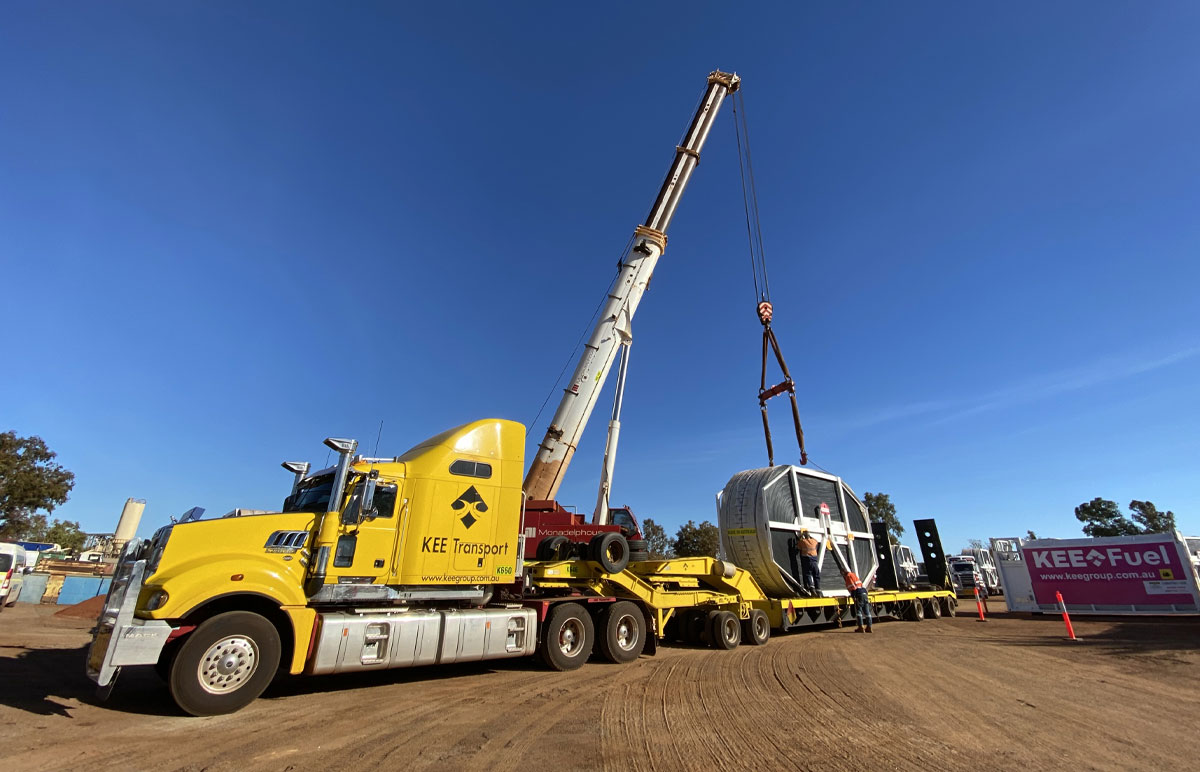
Troubleshooting Heavy Equipment in Remote Areas
Dealing with heavy equipment breakdowns in remote areas is no small task. When machinery suddenly stops working miles away from the nearest facility or expert, it can be a major headache. These breakdowns can halt projects, cause costly delays, and frustrate even the most seasoned operators. Still, tackling these challenges head-on with the right strategies can help keep projects on track and make sure equipment runs smoothly again in no time.
Understanding the common problems and knowing effective troubleshooting techniques are key to minimizing downtime. Rapid and efficient problem-solving becomes even more crucial when your project site is isolated. The harsh conditions of remote places add another layer of difficulty to maintaining and fixing equipment. Yet, with preparation and a bit of know-how, many breakdowns can be resolved swiftly.
Common Causes of Heavy Equipment Breakdowns
Heavy machinery, like any other equipment, can face various mechanical issues. While each machine has its unique traits, there are a few common problems that can lead to breakdowns, especially when operating in remote spots.
1. Engine Issues: Clogged filters, worn-out belts, and overheating are frequent culprits. Engines are complex, and their performance can falter if not monitored closely.
2. Hydraulic Failures: Leaks, damaged hoses, and contaminated fluids can lead to hydraulic system problems. These issues often result in a loss of power and efficiency.
3. Electrical Problems: Faulty wiring or failing alternators can cause unexpected stops. Electrical systems can be sensitive, especially under harsh environmental conditions.
The rugged terrain and weather conditions typical in remote areas can put extra stress on machinery. Dust, mud, and extreme temperatures can accelerate wear and tear. Engines can overheat in hot, dusty environments, while cold weather can make oil thicken and strain various parts. Regular checks and quick fixes can mitigate such problems and protect the equipment from severe harm.
Essential Tools And Techniques For On-Site Troubleshooting
When you’re fixing machines in remote areas, having the right tools can make all the difference. The essentials include a good set of adjustable wrenches, a multimeter for electrical diagnostics, and a portable air compressor, which can be a lifesaver for clearing debris out of tight spaces. Having a reliable toolkit ensures you’re prepared for most situations, reducing downtime significantly.
Basic troubleshooting strategies are equally important. For instance, when faced with an engine issue, checking the oil and filter should be top of the list. If there’s a hydraulic failure, inspect for visible leaks first since they are the quickest to spot and usually straightforward to fix. A systematic approach helps in identifying and addressing the problem effectively, saving both time and effort.
Benefits Of Hiring Heavy Equipment For Remote Projects
Taking on the challenge of remote projects often means making smart decisions about equipment use. Hiring machinery offers several advantages over ownership, especially in isolated areas. The main benefit is flexibility; you can choose equipment that’s perfect for each phase of your project without long-term commitment. This approach can save you from the hassle of maintaining unused machines.
Additionally, hired equipment generally comes well-maintained and ready to handle rugged conditions. This is crucial when breakdowns in remote locations can severely impact timelines. Not having to worry about extensive maintenance means you can focus more on the task at hand, increasing productivity and efficiency.
How KEE Group Supports Remote Area Operations
Supporting operations in the middle of nowhere involves a whole lot more than just supplying machines. Providers like KEE Group understand the unique needs of working in challenging environments. This includes offering machines built for rugged terrain and various weather conditions.
Reliable support and maintenance spare no effort, so operators don’t have to tackle every issue alone. With easy access to professional help and replacement parts, operations can continue smoothly even when issues arise. This support network is invaluable in keeping projects moving and reducing downtime dramatically.
Keep Your Equipment Running Smoothly During Remote Projects
Making sure heavy equipment runs efficiently in remote areas involves a mix of preparation, the right tools, and strategic planning. Regular checks and professional maintenance help prevent common breakdowns. Knowing common problems and having a reliable troubleshooting process in place can make all the difference.
By choosing reliable equipment hire, operators can ensure access to well-maintained machinery suited for any project phase. This proactive approach minimizes the risk of unexpected breakdowns, helping projects run efficiently and on schedule. This balance between preparation and support is the key to overcoming the challenges of remote site operations.
To get the most out of your next project with minimal stress from equipment issues, consider the benefits of trusted hire of heavy equipment. KEE Group is here to help you access the best-maintained machinery suited for any job.


